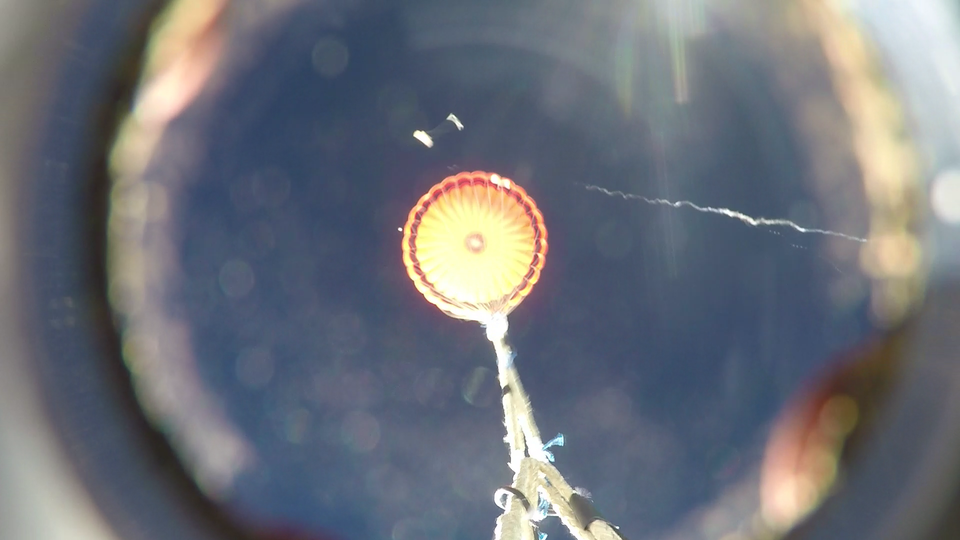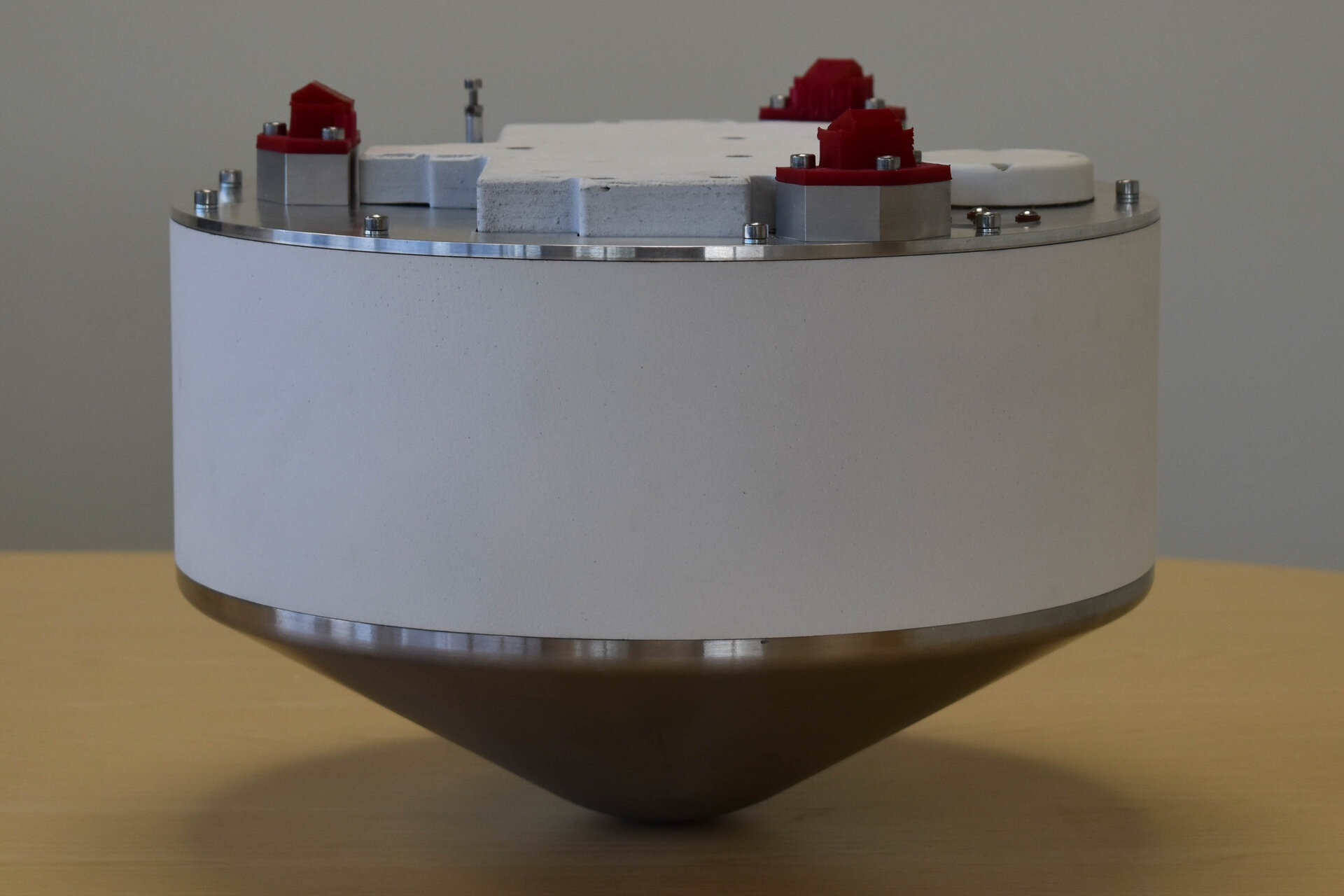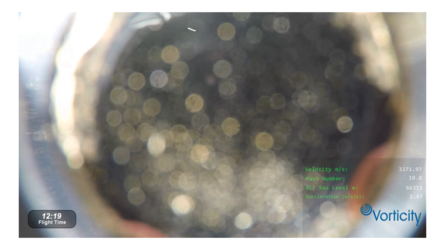Supersonic parachute test on a MAXUS flight
| Programme: | GSTP | Achieved TRL: | 7 |
| Reference: | G619-007MP | Closure: | 2017 |
| Contractor(s): | Vorticity Limited (GB), Fluid Gravity Engineering Ltd (GB) | ||
Parachutes have played a crucial role in successful ESA missions (ARD, Huygens and IXV) and are critical subsystems on projects like Exomars and Space Rider. Future exploration missions (ARV, MSR, Asteroid Sample Return, and Lunar Polar Sample Return) could or will require parachutes as part of the descent and landing system.
The capability to design, analyse, develop and verify a critical subsystem as the parachute is essential to secure Europe’s central role in a global international space access and utilization.
Objectives
The objective of this activity is to demonstrate the capability to test new supersonic parachute designs in representative conditions for space missions and reduce the reliance on existing non-European parachute systems by performing a supersonic parachute flight test as a piggyback on the flight of the MAXUS-9 sounding rocket.

Achievements and status
The MAXUS-9 sounding rocket, was successfully launched from the Swedish Space Corporation’s facility, Esrange, in Kiruna, Sweden on April 7, 2017. The supersonic parachute experiment (SUPERMAX) separated as expected from the MAXUS launcher, reached an apogee of almost 700 km and re-entered the earth atmosphere. The parachute deployed successfully and decelerated the capsule as foreseen. The instrumented capsule was successfully recovered. Telemetry from the GPS, accelerometer and gyro data together with the thermocouples and the camera data were retrieved.
Benefits
A new rather inexpensive supersonic parachute testing methodology has been demonstrated to be available in Europe.
The results collected during the test complement the experimental database for supersonic parachutes gather in wind tunnels tests and are now available to validate a newly developed code (PET - Parachute Engineering Tool) allowing to analyse the parachutes procured from international partners, to perform systems engineering tasks and to consider undertaking European parachute developments for space missions (e.g. ExoMars).
Next steps
No direct next step identified.






